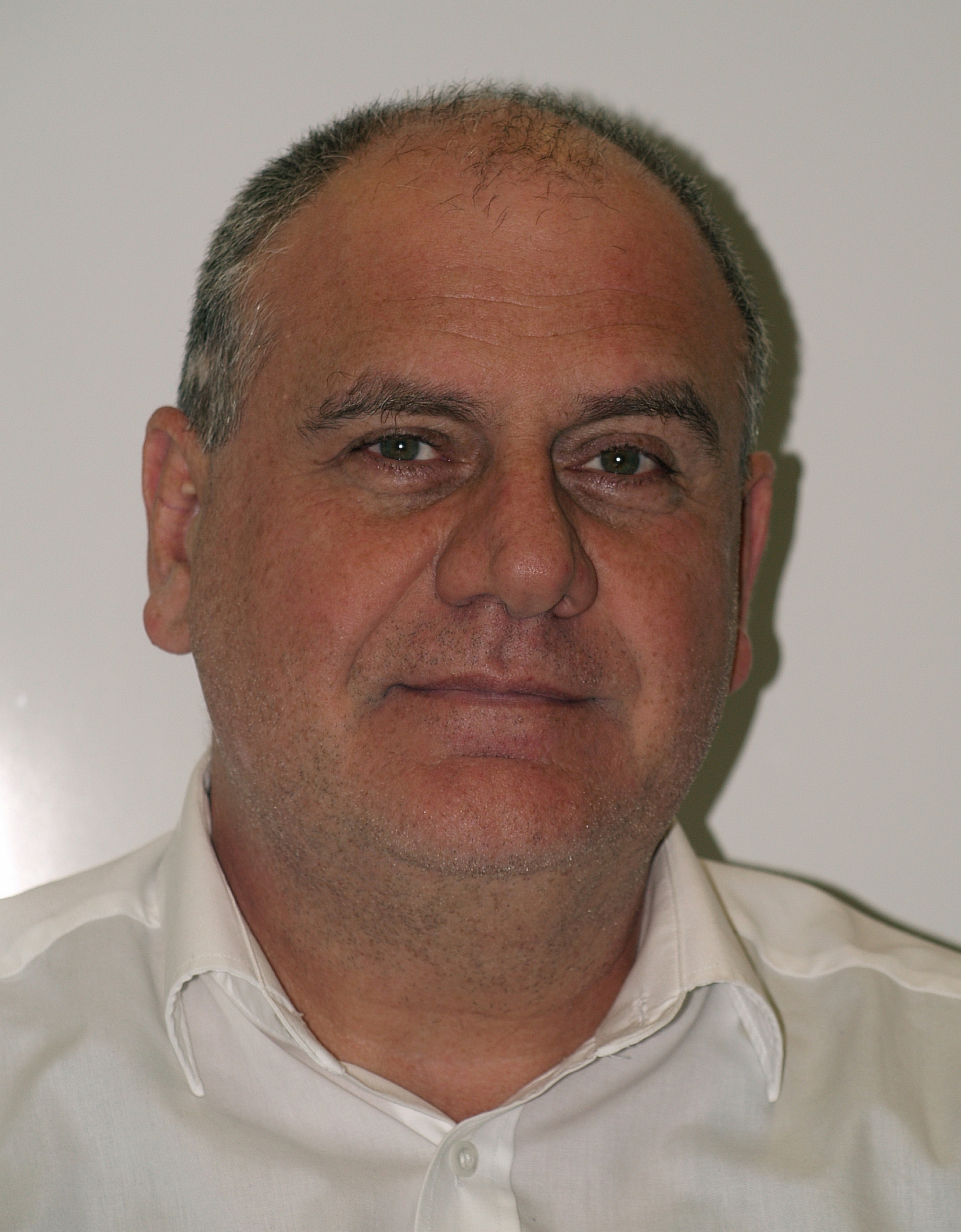
June 29th, 2018
Recently, the EASN Association established a new Interest Group under the title: "Space technologies and applications". Dr. Athanasios Dafnis (RWTH Aachen) who took the initiative of creating this Interest Group and serves as the Interest Group leader has kindly accepted to share with the readers his views on this initiative.
Q1: What was the motivation for establishing this Interest Group (IG) within the EASN Association and what was the response so far?
For years, the so-called national agencies dictated and dominated developments in the field of space technologies. Technological achievements were pushed there together with selected industrial facilities. In the European area, ESA, as the European Space Agency, also joined in the technology developments a lot of enterprises from the private sector. It is said that more than 90% of ESA expenditure went to SMEs. It is well known that universities were hardly considered in these cooperations and if yes only as small subcontractors of larger consortia. Space technology is currently spending a new era. At present, a wave of privatization is on the march worldwide, which has led to the progressive establishment of private enterprises. We are talking about the "NewSpace" movement, an impact of the US space policy on increased commercialization and state use of private providers. The exclusivity here is that in addition to the new "Serial Entrepreneurs", spin-ins and spin-offs also academic institutions are challenged in the development and even distribution of their own products. One of the consequences here would be the future search for a large number of specialist staff directly after graduation. By the way, ESA also announced recently a closer and sustainable cooperation both with EC-framework-programs and with universities directly. It is now obvious that such developments have to be reflected in space technology education. Thus, the role of academia is not only restricted to basic research. The definition/description of processes, which cover the whole spectrum of product development, i.e. idea, design, sizing, manufacturing and qualification, are more intensively required. Therefore space technology education in the European university area must be geographically expanded as well as homogenized and standardized. This can be achieved both with a systematic structuring of course contents relating to space technology and by involving universities directly in ambitious space programs.
EASN would be for me an academic platform where such considerations could be realized together with willing partners. Given the fact that the majority of the members of EASN are active in the field of aerospace related research, rather than only aeronautics, I think this initiative represents a reasonable extension on the objectives of the Association. In this context, and in cooperation with the BoD, we addressed an invitation to the members of the Association to express their possible interest in joining and be proactive in this IG. So far, a critical mass of 15 people representing 7 European Universities responded to this campaign. The aim of the IG is to support and suggest innovative research in space related themes and boost the closer cooperation between European universities, research establishments, SMEs and industry.
Q2: Has the IG undertaken any actions and initiatives so far with the aim to accomplish its objectives?
As a first step the IG decided to respond to a call of the SPACE Work Programme 2018-2020. VENUS proposal, where VENUS stands for "MotiVating EuropeaN StUdents towards Space" is a Coordination and Support Action (CSA) as a response to the topic DT-SPACE-08-BIZ-2018: Space outreach and education. The aim of this proposal, which has been prepared with the strong support of EASN Technology Innovation Services, is to raise the interest of young Europeans and promote scientific and technical studies and careers in space research and industry. A holistic approach is expected to be developed, involving a) the definition of the methodology and the design of the respective material & activities, b) the production of attractive and sustainable educational and outreach activities, and c) the development and implementation of an effective dissemination and communication strategy. The consortium involves the participation of top level universities and research establishments active in the field of space related research, as well as a specialized space cluster, the European academia network (EASN) and an experienced multi-media developer. We are confident that this initiative can be proved a corner stone for the future of the IG.
Q3: What are the future plans of this IG?
As already mentioned above, we consider VENUS proposal just as the first initiative of this IG. First of all, we aim at further widening the participation of more and more people and academic institutions in the group. Furthermore, we must form a working subgroup that will identify space-specific areas for EASN activities in education and research. With the support of EASN, we will continue identifying research and funding opportunities related to the objectives of the group. In parallel, our next planned activity is the participation to the 8th EASN-CEAS International Workshop to be held in Glasgow between 4-7 September 2018. We organize a dedicated session which is related to space research activities and we also take the opportunity to promote our current research activities and achievements through the exhibition of the Workshop. As a bottom line of this discussion, kindly allow me to propose to the BoD of EASN to consider a small, yet important change in the name of the Association. Currently in the EASN acronym "A" stands for aeronautics. I would strongly suggest changing this to aerospace. Ā